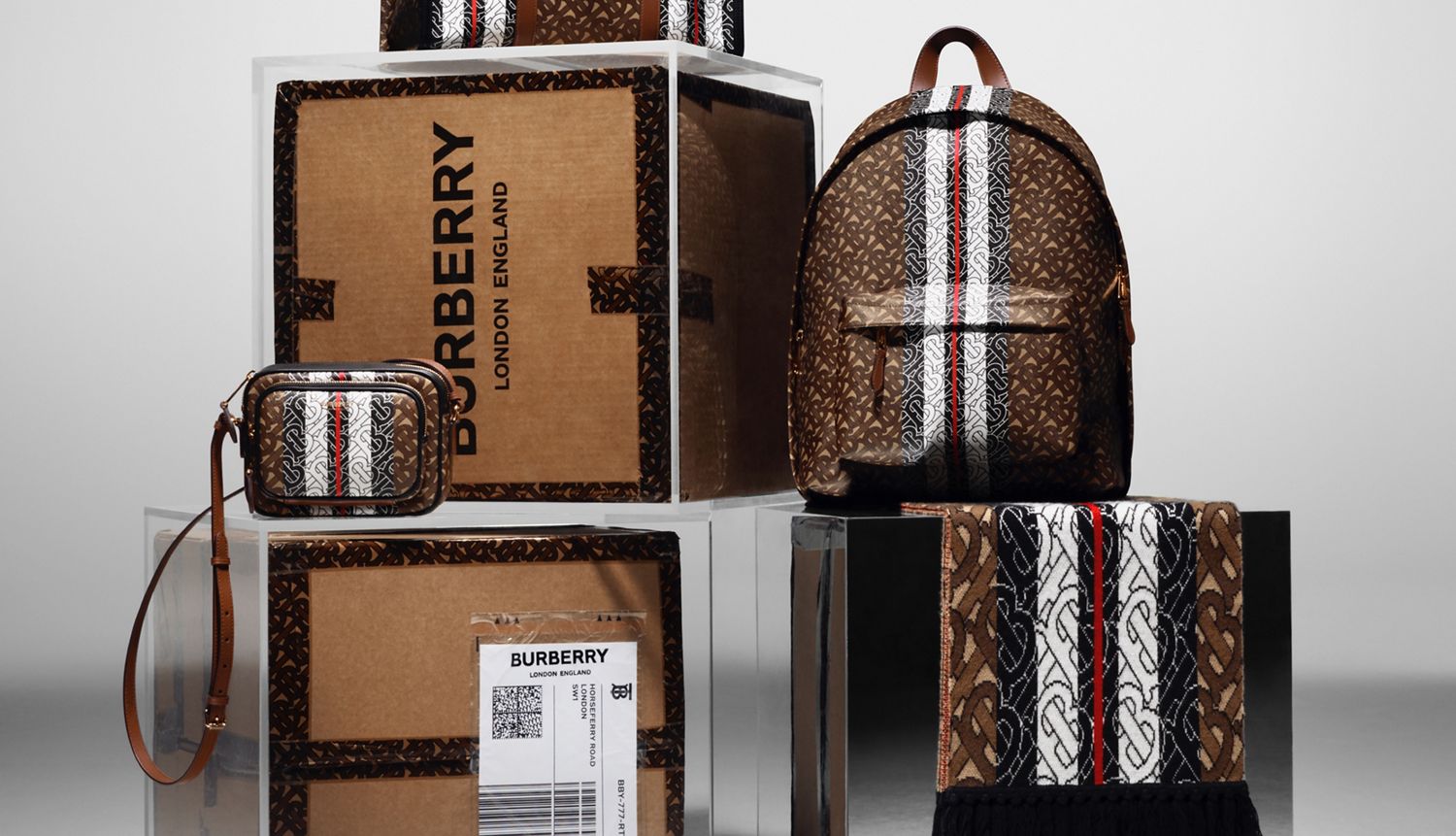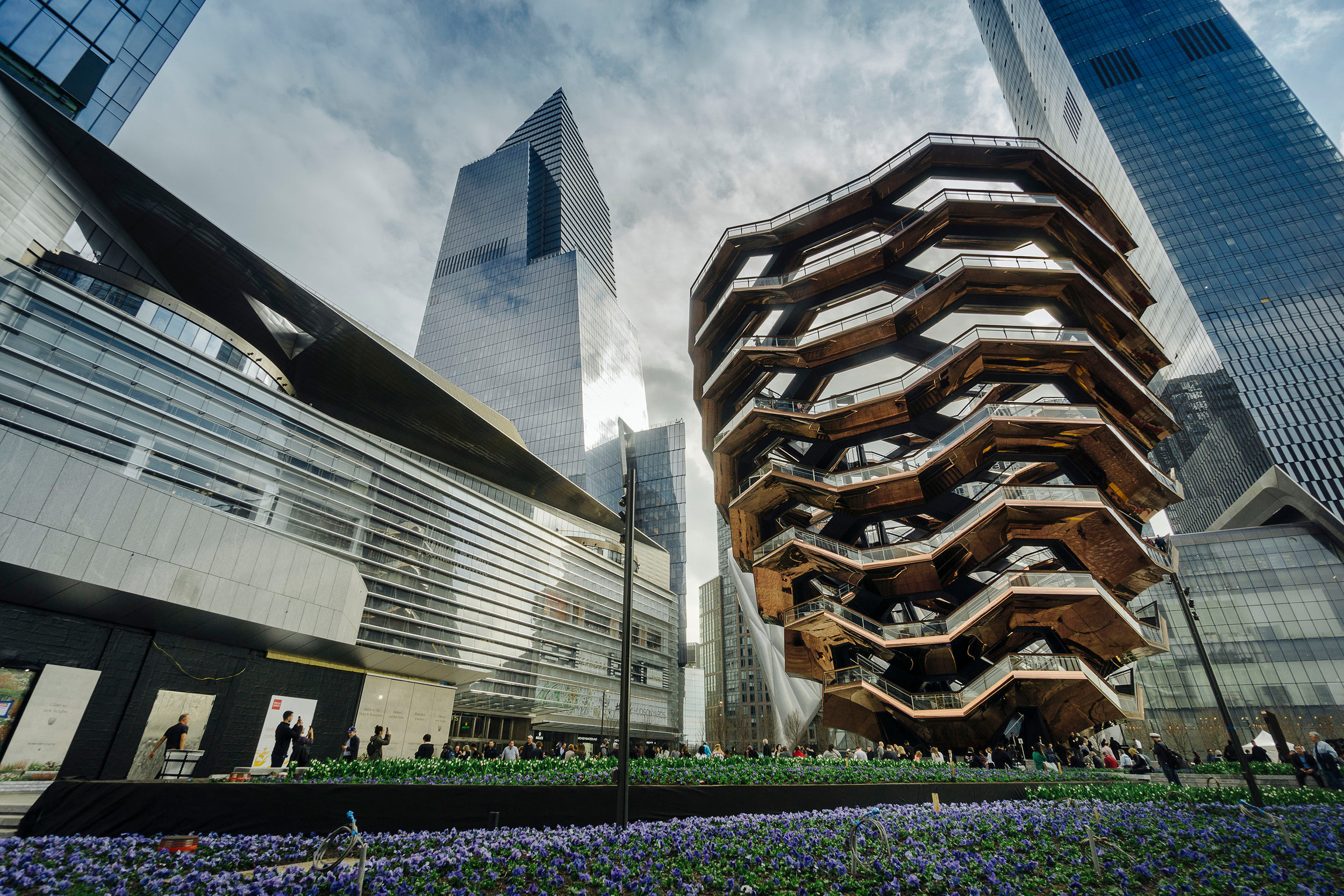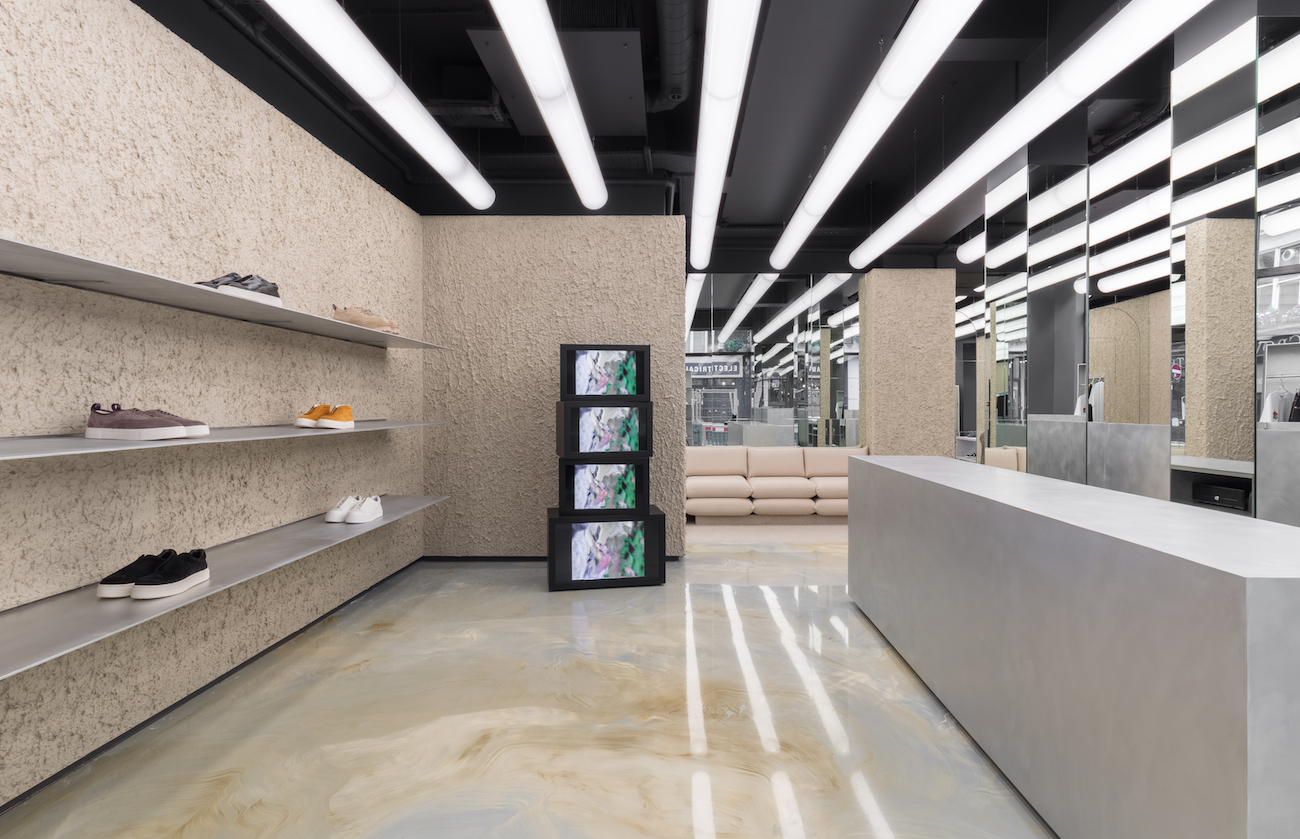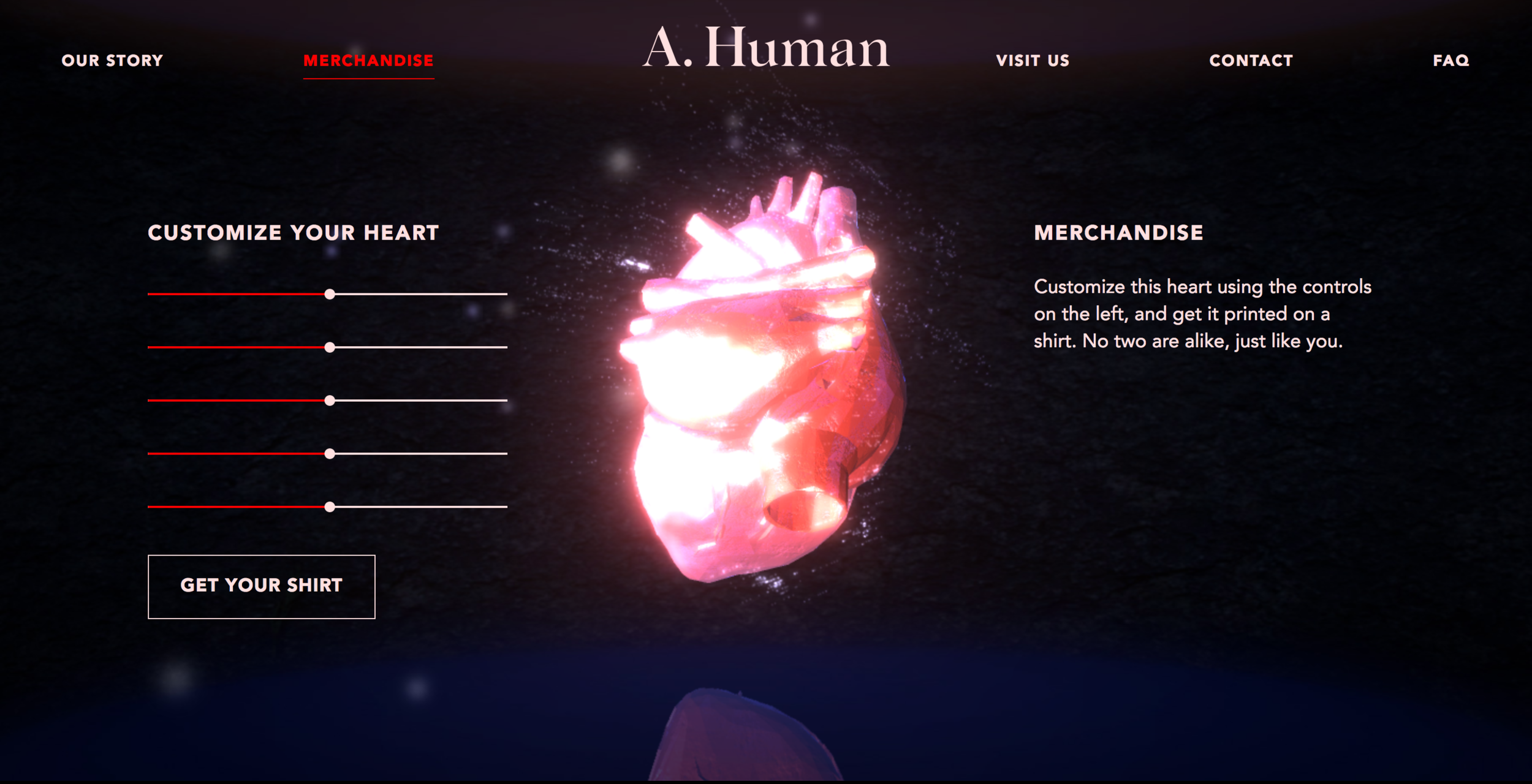Retail’s Renaissance: The Great Bifurcation
Adam Shilton
When considering the state of bricks and mortar retail it has become common industry parlance to refer to the “squeeze” in the middle. Indeed, media reports of a retail apocalypse often cite retail’s undifferentiated middle ground as being the cause of bricks and mortar’s impending implosion. Not a week seems to go by without news of store closures and administration announcements hitting the headlines as once loved household names meet their demise.
Yet according to recent figures released by the UK’s Office for National Statistics, year on year retail sales to June 2019 were up by 3.8 percent. While retail’s middle ground may be under increasing pressure, sales at both the luxury and value end of the spectrum have shown considerable growth. Between 2013 and 2018, the luxury retail segment grew by nearly 25% in the UK, more than double that of overall retail (11.9%). While at the opposite end of the scale, the value sector is predicted to see growth of 36.1% over the next few years.
So why then do the headlines and figures tell such polarising stories?
There is no doubt that physical retail is undergoing something of an identity crisis as a catalogue of external factors shape its future. As covered in my recent article For The Love Of Shops, bricks and mortar retailers are having to double down on their efforts to attract increasingly fickle consumers while online players continue to encroach on their market share.
However, the debate around in-store versus online and millennial versus “traditional” shoppers has become increasingly nuanced according to a recent study by Deloitte who point to a range of socio-economic factors that are increasingly playing into consumer’s shopping behaviour. Specifically, the “Bifurcation” of retail.
Mid-Market Migration
In Deloitte’s study titled The Great Retail Bifurcation their analysis uncovers how socio-economic and demographic factors, specifically the increasing disparity between low-income households and the rich, help to explain two distinct shopper profiles we see emerging in retail today.
While the study was carried out within the U.S. market, Deloitte’s findings are universal in exploring how the rising cost of essentials is driving lower income shoppers to seek out ever more value-based options, while the increasing fortunes of top earners generates ever greater spending power at the opposite end of the market as their disposable incomes increase.
The report also points to the fact that a decade of salary stagnation means that middle-income shoppers are also feeling the pinch as their real-term financial situation is worse now than it was ten years ago. With limited disposable cash and price sensitivity at an all-time high, the middle-income consumer is also increasingly being attracted by off-price retailers.
Separately, the negative connotations that previously stigmatised value retail brands no longer ring true with consumers as their perceptions shift towards a positive, cost-conscious mindset, where value and quality are no longer viewed as mutually exclusive.
So, while the lower and middle-income shopper seeks budget conscious brands that offer economical (albeit increasingly innovative) shopping experiences, the high-income shopper continues to opt for premium brands that offer quality and elevated shopping experiences.
The result of this “bifurcation” is that consumers are passing by mid-market retailers – with often undifferentiated propositions – in favour of the greater clarity offered at polar ends of the retail spectrum.
Value or Luxury? Pick a Lane
The continued success and international growth of Primark with its “Amazing Fashion at Amazing Prices” mantra is testament to a brand that fundamentally understands this bifurcation. Primark’s recent Birmingham store (their largest globally) sees the retailer push the envelope of value retail by offering multiple in-store services – including restaurants and salons – all at a hugely competitive price point. The retailer taps into both the retail zeitgeist and consumer’s desire for in-store experience in a way that is sophisticated yet value driven. Primark’s turnover increased by 4.4 percent during the six months to March 2, due in no small part to an inherent understanding of their customer.
In a similar vein Burberry, the UK’s biggest luxury brand, beat expectations with like-for-like store sales increasing by 4 percent in the thirteen weeks ending June 29. Under Chief Executive Officer Marco Gobbetti and the creative direction of Riccardo Tisci, the 163 year-old brand has refocused in order to improve performance and re-establish its luxury credentials. In the second year of its turnaround plan, Burberry has successfully regained market share helped by an expanded range of leather goods, a new heritage-inspired monogram (who doesn’t love a monogram), store refurbishments and Instagram style product “drops”. All of which play to a discerning luxury consumer that expects constant innovation and a clearly articulated point of difference.
Burberry Monogram Collection
Meanwhile department stores – often cited as being at the heart of retail’s undifferentiated middle-ground – were the only non-food retail sector to see six consecutive months of decline to June 2019 according to figures released by the UK’s Office for National Statistics. As consumer’s gravitate towards either the value or luxury sectors, “bifurcation” is clearly impacting retail’s stagnating heart-land.
Millennials Misunderstood?
Intriguingly, Deloitte’s report also observes how millennials – widely regarded as the great disruptors of retail – shop in almost exactly the same way as their older generation cohorts within the low and middle-income demographic bands.
Millennials’ behaviour is frequently associated with shopping only online, spending on experiences not goods and influencing dramatic changes in how products are consumed. Interestingly however, the report finds that low and middle-income millennials shop almost identically to their older generation counterparts. It is only the high-income millennial – around 19 percent of millennials and only 6 percent of total shoppers – whose shopping habits align with what we consider to be millennial traits. Deloitte’s report argues that it is the exaggerated, often disruptive, shopping behaviours of this high-income minority that is skewing perceptions of the entire generational group.
There is however one millennial shopping tendency that appears to significantly different from their older generation counterparts across all income levels. Specifically, millennials are 6.4 percent less like to shop in department stores than previous generations, according to the report’s findings.
Retail’s Renaissance
The report concludes that while physical retail is unquestionably seeing a paradigm shift, it is not a retail apocalypse we are experiencing, but a retail renaissance. A renaissance driven by generational shifts in economics that are influencing a binary approach to consumers’ shopping behaviours as they resonate towards either the value or premium ends of the pricing spectrum.
Ultimately then, the retailers that will succeed through retail’s “bifurcation” will be those who are able to champion their own renaissance, pick a lane and offer consumers an appropriate value proposition that is aligned to their diverging needs and expectations.
Importantly though, physical retail is not about to implode. Boring, stagnant and undifferentiated retail on the other hand, is.













































